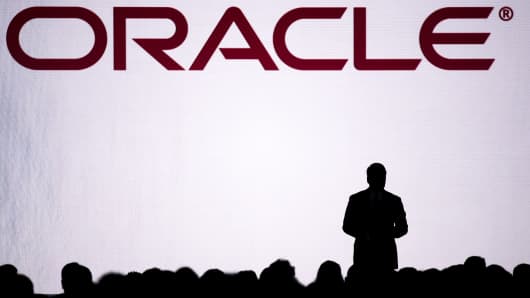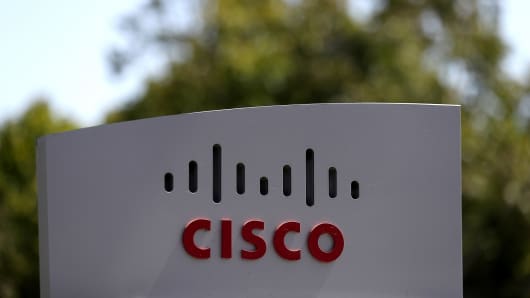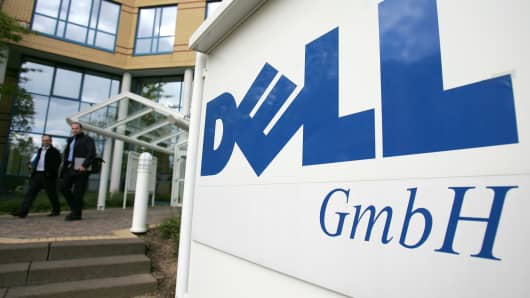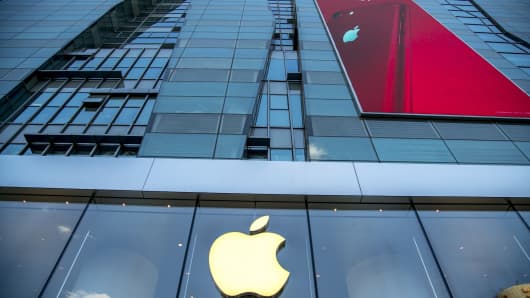
Written by Lance Rubin, CEO and Founder of Model Citizn.
BACKGROUND
12 months ago I became the CFO of a Fintech startup called Banjo, whilst launching my own financial modelling consultancy firm Model Citizn.
It was a perfect match. Banjo only needed a few days a week, sometimes all week, sometimes once a week and I was starting a new business from scratch so had no idea what demands would be made on my time.
However, as my clients grew even a fully dedicated single day a week with Banjo became a challenge for me whilst I was needing to support multiple clients on an adhoc basis.
Being available for my clients at the drop of a hat is every client’s dream consultant but having a permanent part time role was making that dream somewhat unrealistic. Not being able to flex my time was a challenge.
I had both client demands and CFO responsibilities which I needed to deliver on.
WHY DID I MAKE 75% OF MY OWN ROLE REDUNDANT?
I really had no other option but to disrupt my own role and automate my tasks from 2–3 days a week to 2–3 days a month.
I simply couldn’t (and didn’t want to) step away from the CFO duties (which included cashflow modelling, credit modelling and reporting, valuations and assisting on debt and equity raising). I was determined to make my business a success whilst building a portfolio career and growing clients.
Banjo was the best place for me to experiment and it worked like a dream for both of us.
I realised by disrupting my own role it gave me the opportunity to tell the story to clients and help others who were afraid of exploring it.
Being part of the transformation is a learning opportunity which can help you and others do more interesting work whilst creating more value for your employer and most importantly yourself.
Whether we like it or not robots are going to have a profound impact on all key finance processes, posing a threat to those that don’t embrace it, but creating many opportunities for those that do. For example the key finance reconciliation/control processes (e.g bank recons) and basic/standardised management and financial reporting, which is largely still manually performed today. This is driving a big demand for automation skills for key finance processes (hence the rise in demand for financial modelling) and more valued advice in relation to accounting matters and future business performance and less focus on the preparation of historical results.
RELEVANCE FOR THOSE IN FULL TIME JOBS.
At this point you’re probably wondering how this post is relevant to someone in a full-time role.
It’s very relevant. The journey of automation and disruption throws up new opportunities that simple aren’t evident or intuitive in your current role. The natural reaction is to perceive it as a threat, when it’s actually an opportunity (assuming you are willing to adapt).
If you think that your role isn’t going to be impacted, read the 13 future trends that will shape business and society, then perhaps you need to stay closer to reality. Having worked in the corporate world for close to 20 years it’s easy to lose track of what’s really happening outside the 4 walls of a skyscraper.
WHAT TECHNOLOGY WAS I USING?
Given the strategic and highly-customised nature of my CFO role at Banjo, Microsoft Excel provided the most powerful and flexible solution, but very time intensive. I had researched a number of technology applications for automation but nothing is quite like an Excel based content management system in Modano.
Excel is still one of the largest software packages used in the world due to its powerful flexibility. This means as business conditions, laws and your strategy changes so can your Excel model.
Modano (an Excel Add-In) is enabling people to share content, automate financial modelling and systemising spreadsheet processes, as it did for me.
Banjo was one of the first fintechs in Australia to implement Modano’s dynamic rolling (actuals updated each month) 3-way financial modelling and content management technology for Excel.
The deliverables where not straight forward including cashflow modelling (fund/trust and management company), valuations, debt covenant reporting and board reporting including break-even analysis, all completed in a couple of days after each month end cycle.
Implementing this type of technology, amongst other automated processes, is the essence of the tech in fintech and why traditional business models are under threat. This can flow onto job losses as those traditional businesses must maintain cash and preserve profits.
WHY SHOULD YOU DO IT TO YOURSELF?
Most importantly it’s better to be part of the journey than merely a passenger to the process.
There is a major risk for passengers / employees desperately holding onto the security of full time jobs.
Security and full-time employment doesn’t exist, in case you missed the newsflash. Traditional businesses faced with disruption and falling revenue have no option but to reduce cost.
This isn’t going to change, just see the CEDA research (which is already almost 2 years old at the time of writing this). More than 5 million Australian jobs will be gone in 10–15 years. Whilst this isn’t going to happen overnight the change has already started.
Can you think of what will happen if someone got rid of 75% of the work you did today (as I did to myself), what will you do? Rather than waiting to face that fact, act now.
There will be 3 million truck drivers in the US displaced by driverless trucks, like Uber which completed its maiden delivery of beers.
The tighter full time employees shut their eyes, the safer they think they might be. This is not only flawed but the rate of change (in the real world) is accelerating and time is running out on missed opportunities that are right in front of you today.
If this hasn’t convinced you let’s summarise the pros and cons of actively driving disruption in the work place.
PROS / CONS (IF YOU’RE STILL NOT CONVINCED)
Pro
- There is an opportunity to influence and guide the automation process so that you can use it as a proof point in your career, making you more marketable.
- You have the opportunity to be a leader within your organisation to drive change and thereby increase your chances of retaining full time employment (if you want it).
- “Free” practical training on the latest tech solutions in the market by being part of the pilot/project team.
- Might open up new career opportunities or business ideas. This was certainly the case for me. The software company might actually approach you for help if you do a great job. Alternatively, you could help a range of clients achieve similar efficiency as their VCFO.
- If you are bored with your current role it’s an easy sell without telling your boss you hate your job.
Con
- You are living in the delusional state of comfort that a full time job won’t change and is secure. I was certainly caught in this for a number of years.
- The average tenor in roles has dropped significantly. If you don’t change someone will do it for you exposing you to the harsh reality of unemployment with no plan. It’s not a matter of if this will happen, but when.
- When it does come time to change jobs or careers you would have missed out on learning new skills. Others that haven’t missed the opportunity and who might also be applying for the same jobs you are , will be clearly favoured.
The workplace is changing in many different facets, if you don’t change with it you will be left out in the cold needing to change anyway, but without a job. Think now and act.
PRACTICAL STEPS YOU CAN TAKE TODAY TO GO ON THE JOURNEY.
If you are working on a spreadsheet-based processes (which is still a very large proportion of corporate tasks) then you should consider the following:
- Is your spreadsheet easy to navigate and understand? Is there a process document or some sort of structure to the logic? If no, then suggest you work on that first. Resisting tidying up the complexity in your spreadsheet isn’t going to save you from disruption. I already use technology that helps decipher spreadsheet content and even the most complex formulas without talking to someone. I have previously extracted business logic from 26 bespoke spreadsheets of a large multinational company without talking to any of the spreadsheet creators. It’s only a matter of time until someone does the same to your spreadsheet based process. Handing over your spreadsheet process creates capacity for you to learn new skills like financial modelling for dynamic decision making.
- Do you follow some sort of spreadsheet standard or compliance like consistent formulas horizontally and no random hardcoded numbers in formulas. If not take a look at Best Practice Spreadsheet Modeling Standards.
- Do you know if you have any errors in your spreadsheet? Have you created error trapping or prevention with flags and alerts or data validation? We all make errors, it is just a question of how many and how big the impact might be, not if they exist.
- Is your spreadsheet being used on a regular basis to absorb new and updated information? Is this easy to follow and replicate via form controls like dropdown boxes and in cell data validation lists? Can it be broken down into a simple copy and paste process? If it’s well-structured almost all spreadsheet processes can come down to just a copy and paste process which is a very short step away from complete automation.
- Once it’s been left to a simple copy and paste process then using Macros written or recorded you are there. You also now have the opportunity to look at a range of other RPA (robotic process automation) software. Modano still remains the best automation software for rolling integrated 3 way models in Excel.
Don’t be afraid to take that initial step yourself. It’s far scarier and it will knock you far greater when someone throws you overboard or under the bus.
Grab a lifejacket today whilst there are still some left hanging in front of you, there ain’t enough to go around for everyone.
Stay tuned for the rest of the 3-part series of posts to find out about more about the opportunities you can explore.
Follow up posts will explore some of the opportunities in more detail.
Alternatively, reach out to Model Citizn to explore how we can help you automate, streamline and leverage some of the latest technologies.
We also offer training and workshops to help support your staff to develop these skills.
Subscribe on our website to keep in touch.



























